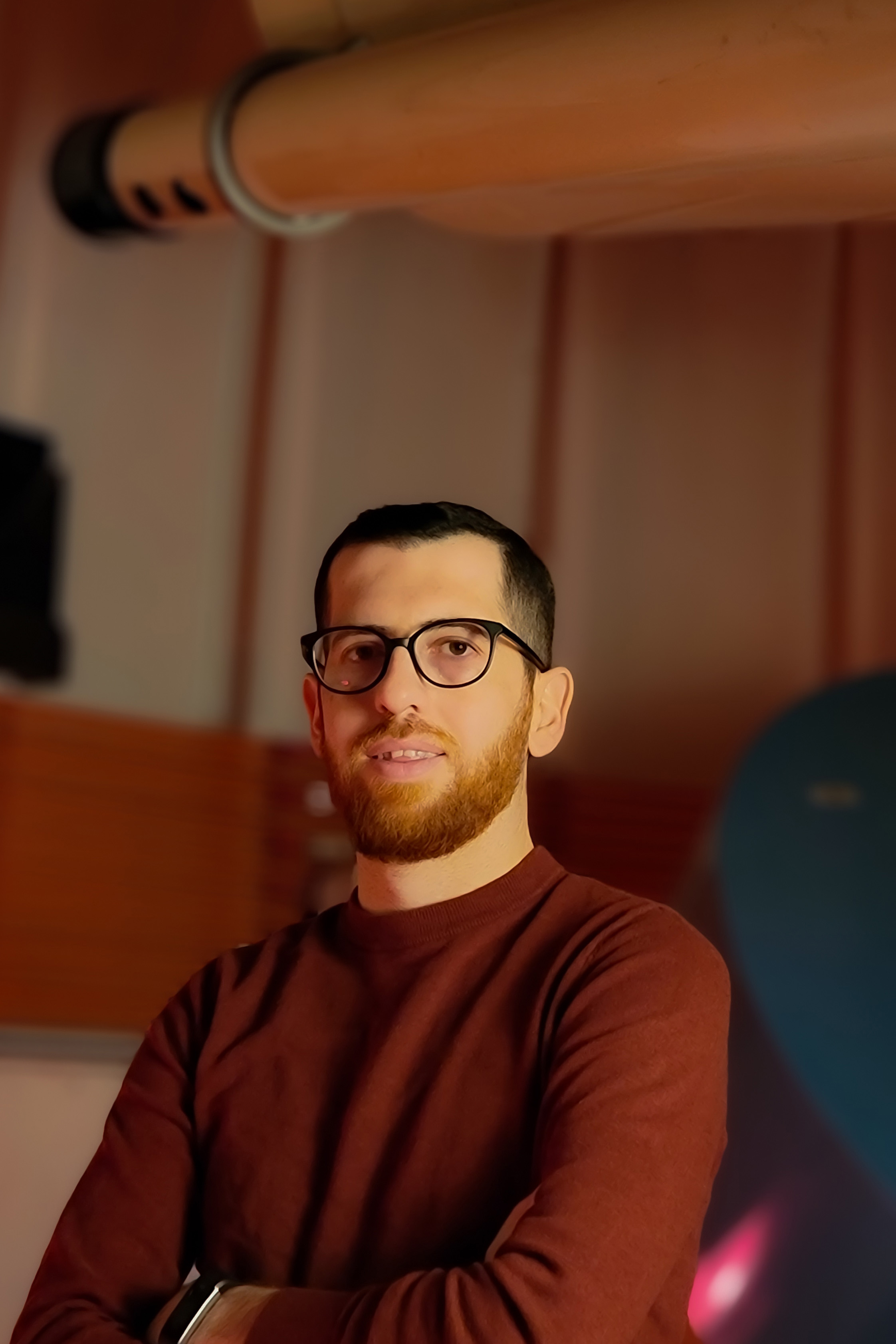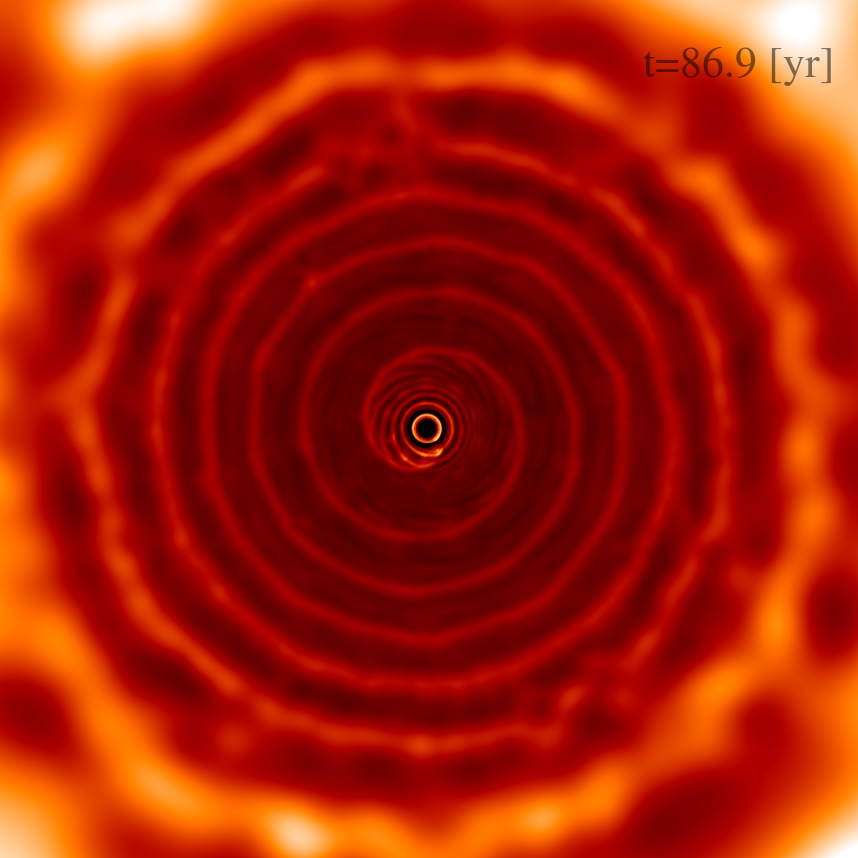Aydi, who was recently awarded a NASA Hubble Fellowship, is the first author of the study. The project was a collaboration with Shazrene Mohamed, an associate professor at the University of Miami and an astrophysicist with the South African Astronomical Observatory, or SAAO.
The duo found that interactions between a red giant star and a nearby substellar object will create distinct structured patterns, such as arcs and multiarmed spirals, in the environment around the star.
In our solar system, the sun will have grown so much that the nearby substellar object would be Jupiter. In other solar systems, that neighbor could be an even larger planet or what’s known as a brown dwarf, a celestial object that’s larger than a gas giant planet but smaller than a star.
Time will tell if arcs and spirals appear in our solar system, but astronomers can start looking for them now near other sun-like stars in the Milky Way.
“We have new cutting-edge technology and cutting-edge facilities that should be able to resolve these types of structures elsewhere in our galaxy,” Aydi said. That cutting-edge group includes the recently launched James Webb Space Telescope and the Atacama Large Millimeter/submillimeter Array, or ALMA, Observatory in Chile.
“Although astronomers have found and studied single spirals in systems where there's a red giant and another star, multiple spirals from a red giant and a substellar companion have never been observed before,” Aydi said. “Finding them would confirm the outcome of these simulations and show what our solar system may one day look like.”
What exactly that picture looks like is tied to several features of the interactions between the red giant star and its nearby large companion planet or brown dwarf.
As a star expands into a red giant, it spreads gas and dust across its solar system as if filling up a swimming pool. The star also pulsates, growing and shrinking in cycles, which sends shockwaves that ripple through the pool of gas and dust. The star’s nearby companion continues to circle through the churning pool.
“The shockwaves interact with the wake of the nearby companion,” said Mohamed, who was Aydi’s doctoral thesis adviser at SAAO and the University of Cape Town in South Africa. “The process is similar to what happens when ocean waves meet the wake of a speedboat, just more extreme.”
Elias Aydi and Shazrene Mohamed created a video of their computer simulations showing celestial interactions that could be a preview of the fate of our solar system.
It’s how the waves and wake line up that determines the shape of the pattern in the gas. Physically, this translates to how the orbit of the companion syncs up with the star’s shockwave cycle.
For example, if the planet circles the star once in exactly the time it takes the star to pulsate twice, two bar-like structures grow through the gas and dust cloud. But if that ratio isn’t exactly 2-to-1, the bars start to curve and create a two-armed spiral instead. If the ratio is closer to 3-to-1 — again, without being exact — the spiral gets a third arm.
“I think it’s unlikely that we end up with bars, though,” Aydi said. “The spirals are much more interesting and much more fun to look at.”



